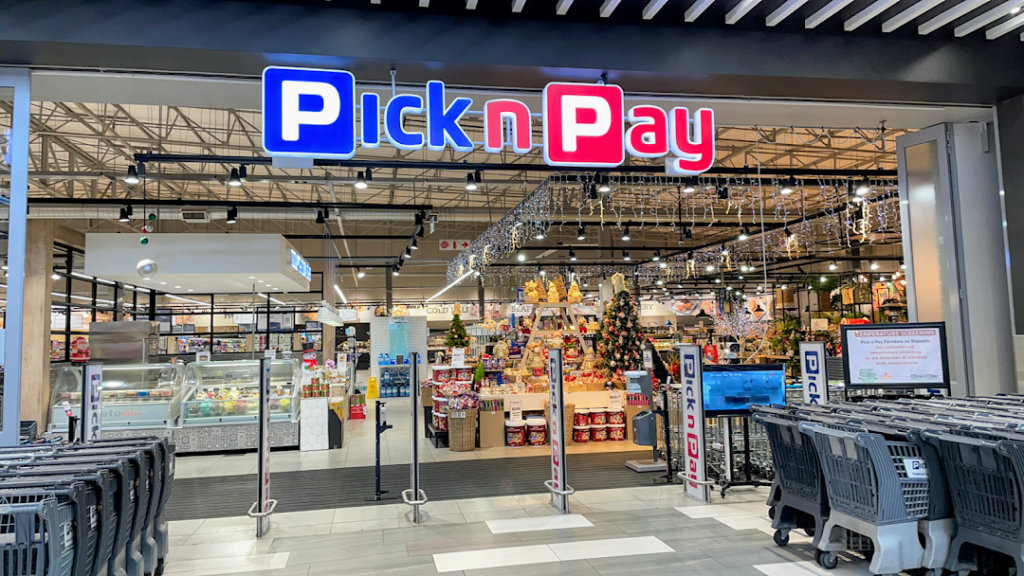
South Africa’s once-dominant food retailer Pick n Pay has gone back to the future and hired a former CEO, who at the age of 70, is relishing a return to the fray.
Sean Summers, whose resignation as CEO of Pick n Pay 17 years ago, was followed by a decade and a half of underperformance by the former market leader, is making a comeback. It’s a desperate attempt by the board for the company to regain its lost mojo.
Summers, who has just turned 70, began his 33-year career at the retailer at as a trainee manager in 1974. He worked his way to the top job which he held for 11 years during which developed a reputation as a fearsome operator, driving its operating performance and making it a market leader. Summers left the group on a high. The year after he departed the group reported nearly R1bn in earnings with a remarkable ROE of 132.7%. It was three times that of rival Shoprite at the time and should have served as a signal to those paying attention that Pick and Pay had been underinvesting in infrastructure such as distribution centres and other drivers of efficiency which rivals had spent billions on developing.
That became an albatross around the necks of his four successors, each of whom sought to play catch up, but ultimately failed to bring the group back to its former glory.
The fact that the board is prepared to recall Summers at an age where most people are well into retirement, will raise questions as to whether the Ackerman family, which controls the group, is considering a sale of the business.
“That is not the brief,” Summers told me. “The job is to get the business back on track and to restore confidence in group. Pick n Pay is at a low ebb. It was there in the mid 90’s and we revitalised it. We will do it again.”
The group is in trouble, confirming in a trading update on Monday that it will report a first half loss due to an erosion in gross margins amidst a fierce battle for market share as retailers have discounted aggressively to grow market share in a tightly contested environment. The repair job on Pick n Pay is substantial, and its competitors have become emboldened by the fact that Pick n Pay has been increasingly internally focussed.
Anything for Pieter Engelbrecht, the Shoprite CEO? “It’s not going to be one way traffic like it was.”
Chairman Gareth Ackerman will be banking on the fact that Summers relishes a crisis. He showed his mettle during a still-unsolved 2003 extortion attempt over tins of food that had supposedly been poisoned. Pick n Pay is most certainly once again in crisis, as the decision to replace outgoing CEO Pieter Boone after less than three years in the job, demonstrates the depth of the boards concern about its future.
Summers left abruptly in 2008, amidst rumours of a split with the late founder Raymond Ackerman, although both spoke fondly about the other in subsequent years and kept in close contact. Summers moved to the UK following his resignation, and later joined Markus Jooste’s Steinhoff and ran its British beds and furniture chains. He resigned from Steinhoff a year after Jooste resigned accused of masterminding South Africa’s biggest ever corporate fraud.
The job at Pick n Pay is substantial and investors hoping for a quick fix may be disappointed. It operates at more than 2200 locations in eight countries on the African continent. It previously tried and failed twice to invest in the notoriously tricky Australian market and while it was distracted by the apparent allure of that market, its rivals were quietly building their capacity for the current dominance, they currently enjoy.
Summers recent career history is somewhat vague. The UK governments Companies House lists 9 different appointments in that country between 2012 and lists a series of 2018 resignations from amongst others Steinhoff in November that year. Since then, he has been focussing on private business interests including several start ups and an investment in student accommodation.
He is relishing the return to corporate. Famously Summers was caught driving 186 km/h on the N-3 on a Sunday morning sums up his primary goal: “I want people to drive to work faster than they drive home. I want to bring the fun back into retail.”
It’s going to be an interesting ride!



